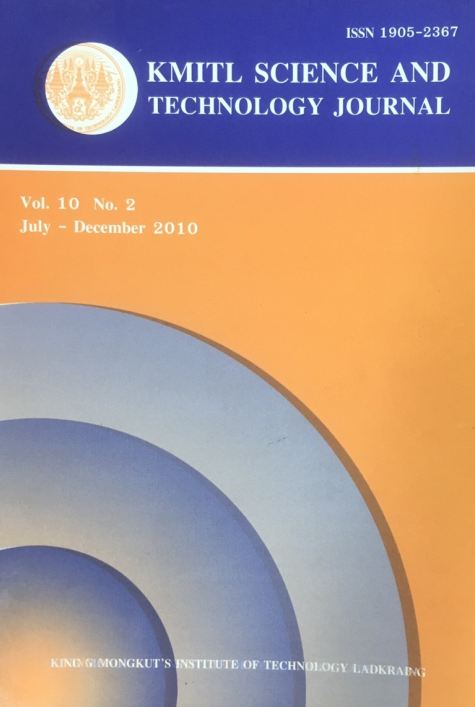Aflatoxins are secondary metabolites of the molds Aspergillus flavus and Aspergillus parasiticus which can grow on a wide variety of agricultural commodities, known to be potent toxic and carcinogenic to test animals. Recent evidences indicate that these toxins may also be involved in the etiology of human liver cancer in certain parts of the world. To remove these aflatoxins from food and feed, the use of plant extracts for their anti-microbial and antifungal properties have been a subject of wide interest. Regarding the low phytotoxicity, more systemically and easily biodegradable nature, the antifungal products from higher plants may afford as the most suitable source for the development of effective fungicide. The selected plant extracts include Terminalia chebula (Karakkayalu), Solanum xanthocarpum (Mullavanga), Syzygium cumini (Neredu),Capsicum annuum (Mirapakayalu), Ipomoea mauritiana (Nelagummadi). Results indicate that only S. xanthocarpum fruit extract showed inhibitory property against aflatoxin production. Terminalia chebula and Capsicum annuum extracts also inhibited toxin production of A. parasiticus by 54%, 60% and of A. flavus by 45%, 52%, respectively. Plants having capacity for inhibiting aflatoxin did not exert identical effects on the growth of A. flavus and A. parasiticus. This is evident that whole plant extract of Ipomoea mauritiana only inhibited the growth by 73% and toxin inhibition by 30%. Fruit extracts inhibited the growth by 50% or more and there was no correlation between the inhibition of growth and aflatoxin production. The results show that some plants possess antifungal, antitoxic properties and that aflatoxin production is significantly reduced in some cases.
Keywords: Aflatoxin, Detoxification, Aqueous plant extracts, A. flavus, A. parasiticus.
E-mail: kirankumargali@gmail.com
Gali*, K. K. ., Reddy, D. S. R. ., Yagnika, S. ., Nischala, T. ., & Jacob, A. S. . (2018). Exploitation of Aqueous Plant Extracts for Reduction of Fungal Growth and Detoxification of Aflatoxins. CURRENT APPLIED SCIENCE AND TECHNOLOGY, 52-62.
